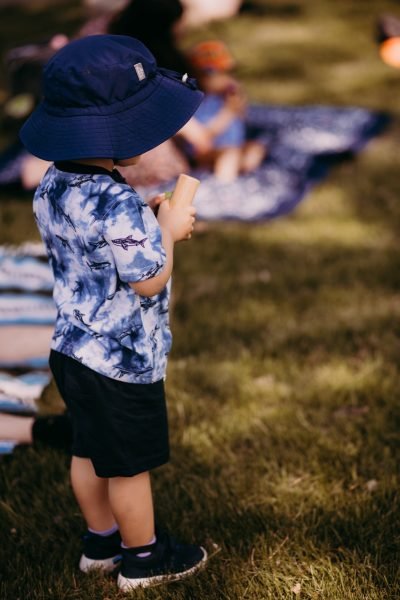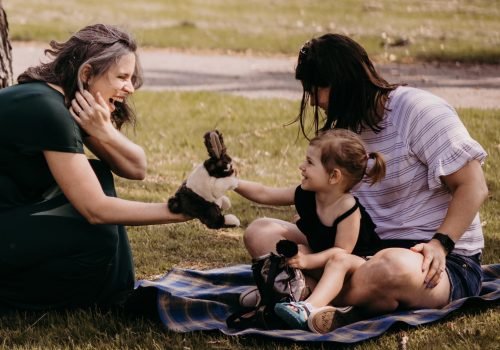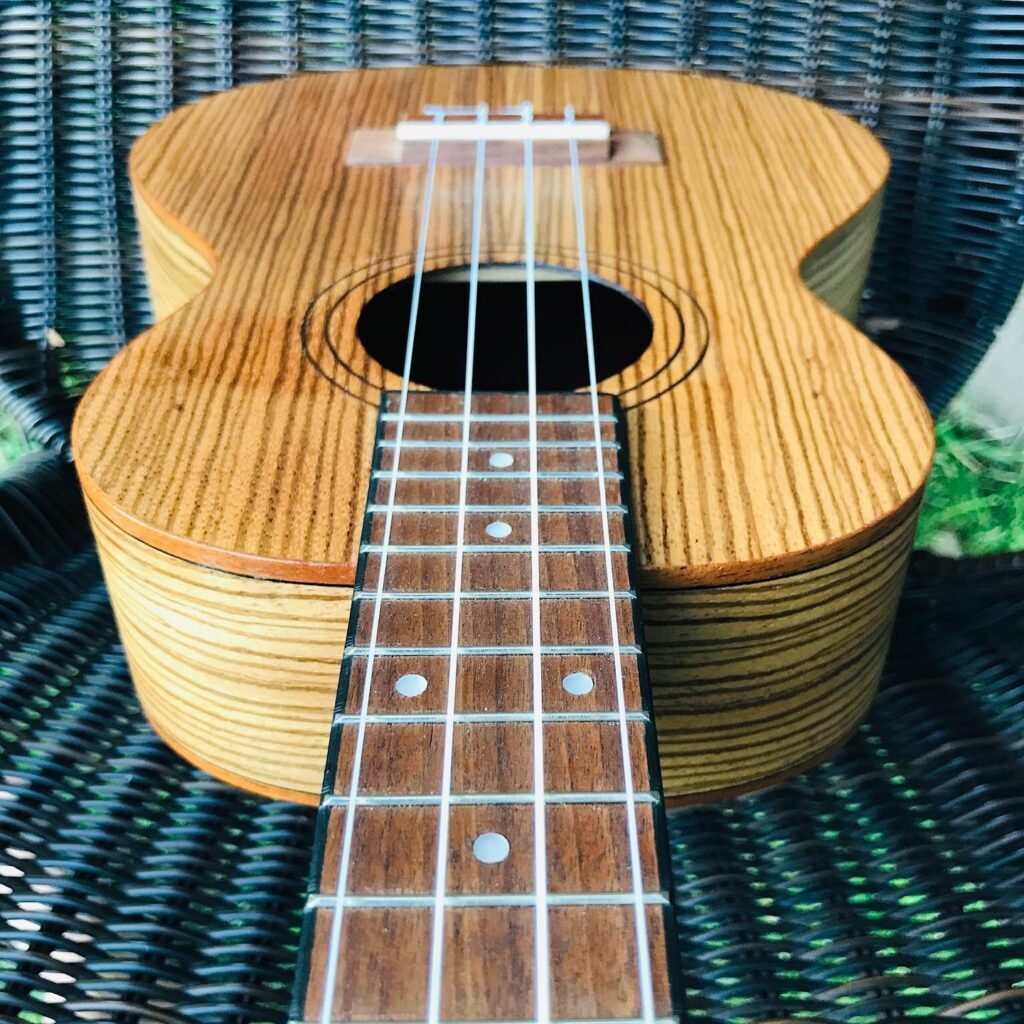Congratulations! You’ve signed up for a music class to attend with your little one. You might simply be looking to get out of the house and try something new, or maybe you’ve read about all the incredible benefits of exposing babies & toddlers to musical activities. Whatever the reason, you’ve registered for an awesome experience!
As an educator and musician, I have had the opportunity to lead over a thousand early childhood music classes. As a mom to three children, I’ve also had the opportunity to be on the other side of supporting kiddos with very different needs in organised activities. Through all these experiences, I’ve learned some valuable lessons to help both you, and your little one, get the most out of your activity. Here are some suggestions to get you started in music class:

Be Prepared to Participate
As a facilitator of classes for kids and their grownups, I design each music class for both adults and children. One of my principle goals for the grownup participants is to share ideas to help connect them with their little ones. This may include introducing a new song to sing, an activity with movement or actions, or even an idea for a new instrument to add to a collection at home. With these efforts in mind, participation from the adults is essential. As a parent, your participation inspires your little ones to try something new, gives them confidence, and motivates them to engage in the activities So, sing the songs (outloud), stand up, dance, do the actions, climb aboard the round-the-room choo choo train! This is a great opportunity to connect with your child and participate together.

Be Prepared to NOT Participate!
I know I said participate above…but that was for the grownups. This part is about your little ones: They may NOT want to participate and guess what? That’s okay!

Participation looks very different from person to person. Think about going out dancing with your friends. There’s the friend who sits at the table watching everyone, the friends who dance on the dance floor with you, and then there’s that friend who dances topless on the table. Everyone is having fun! All those people are represented in a group of children. And hey, anything goes, because yes, it’s always a party!
Participation can also be actively not doing what everyone else is doing. Exploring the room, encouraging our friends, asking questions, and visiting other participants are all amazing ways to continue getting the most out of your music class. Kiddos are always listening. Often, I have parents of children who have never sung in class tell me that they sing all the songs at home. I believe it’s important to let little ones experience these events the way they feel safest, being their most authentic selves!
Practice Mindfullness: Leave the Phone in Your Bag
Phones are important. They connect us to daycares, schools, work; lots of important responsibilities. It is also very tempting to want to capture the adorable baby shaking the maraca with reckless abandon on video! (And this I encourage you to do!) However, the connection that is most important in a music class is the one you are making with the child you’ve brought with you. Allow yourself the freedom to enjoy simply being at music class, focus on your budding musician, and be present in the moment. It is okay to allow nothing else to be more important in that space of time.
Save the Snacks for Before or After
It is really challenging for an educator to compete with snacks! Food in a toddler’s hands also makes it very difficult for them to grasp instruments, scarves, or to practice sign language. Food is messy in an environment where children may be sharing a larger instrument with each other. Lastly, by putting your hands in your mouth and then touching everything in the room, your germs may be shared more easily.

That being said, a well fed toddler is definitly more set up for success going into an activity than a hungry one. When we attempt both activities simultaneously, we are dividing attention and actually asking our children to choose between the activity or the snack. If your little one is hungry and needs to be fed during class, try stepping out of the class and focusing on meeting those needs, and when satisfied, return to the class to focus on the music.
Do Your Best to Get There on Time
This is definintly easier said than done! Good intentions often do not mix well with nap schedules, fussy kiddos, or traffic. But arriving with time to spare allows the kids to settle into the class in a stress-free way, and allows you to do the same. It is much more relaxing to arrive a few minutes early, take time to park, stash the outdoor gear or stroller, ease into the teaching space, greet your teacher, and chat with other participants.
In my classes, the “welcome” portion of the class, or warm-up, is always the same. While that may seem like something that’s okay to miss (cuz hey, it is always the same), it is very important for little ones. The repetition is done purposefully to set them up for success. Children thrive on routine and predictability because it means they understand what is expected of them. When they can meet expectations, they develop confidence and pride.

Sign up to receive updates, promotions, and sneak peaks of upcoming course. Plus 20% off your next order.